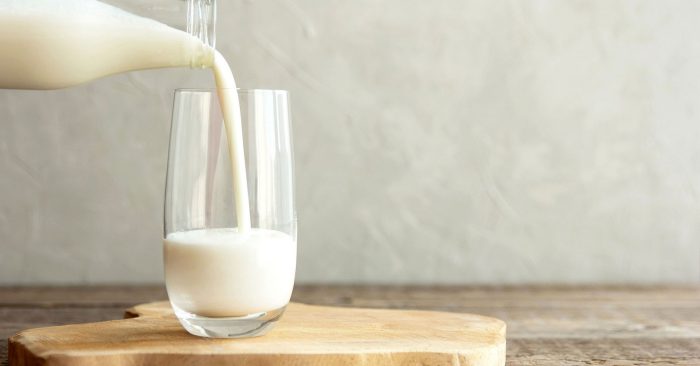But why not just read the “use by date”?
Professor Hu said these dates cannot predict exactly when the milk will actually disappear.
“The expiration date” represents a guideline, not a final expiration date. “When setting these dates, manufacturers assume factors such as temperature and storage duration based on worst-case scenarios,” he says.
“If the milk is kept under the correct conditions (temperature, etc.), it can be safely consumed several days past the label date. But if not, it may not work until that date.”
“That’s why we believe consumers should be able to test food products right before or even later in the day before making a consumption decision.”
“This helps prevent unnecessary waste and is critical in areas facing food shortages.In the future, we will work with charities to ensure that people don’t have enough food and find the most useful food. We aim to popularize this technology.”
next step
To further develop this technology, the team plans to investigate how different packaging materials affect the vibration signal as it passes through the package.
“Although current methods have yielded good results, we cannot guarantee similar results with products from other manufacturers that use different materials. Therefore, this technology will be widely adopted by consumers.” We need to work with more manufacturers.”
The team is also working with a local milk manufacturing company that is trying to find an efficient and reliable way to test the quality of thousands of milk bottles during production at the factory.
“We’re looking for something similar, but it’s a factory environment so you don’t have to use your smartphone. We’ll be able to use more sophisticated, yet non-invasive sensors. We are working with them to develop a system to measure the pH value of milk.


